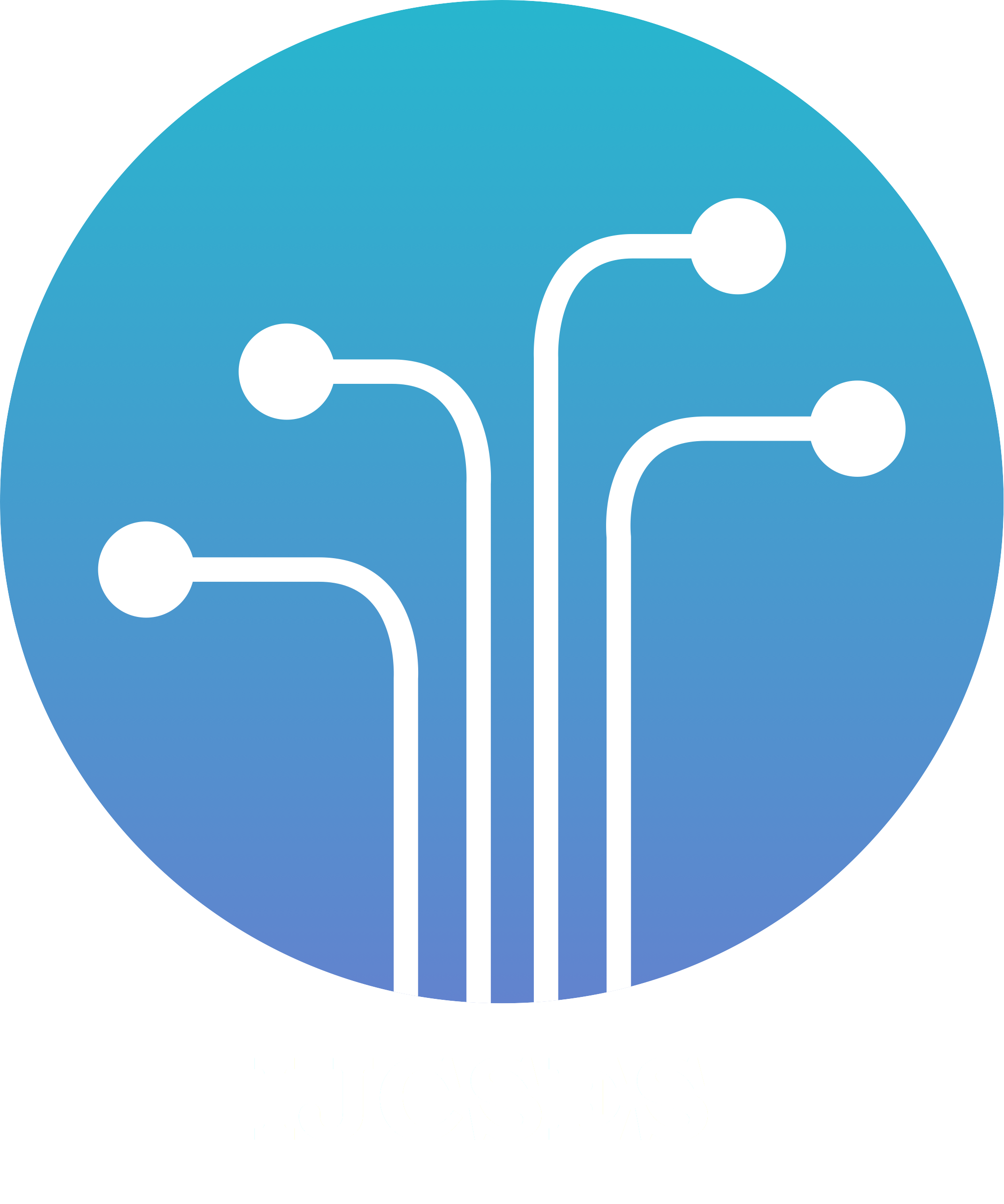Teaching Computer Science Concepts Through Robotics to Elementary School Children
Keywords:
robotics, STEM education, CS educationAbstract
Studying computer science (CS) in elementary schools has gained more and more popularity during recent years. However, students at such an early age face difficulties when first engaging with CS. Robotics has been proposed as a medium for teaching CS to young students, because it reifies concepts in a tangible object and because of the excitement of working with robots. We asked: What CS concepts can elementary-school students learn and understand from the participation in a robotics-based CS course?
Students from four second-grade classes (ages 7-8) were taught CS concepts using Thymio educational robot and its graphical software development environment. The syllabus was based on existing learning materials that were adapted to the cognitive level of the students.
 A taxonomy of six levels was created to characterize the learning outcomes of the course. The students' abilities were investigated using four questionnaires that were based on the taxonomy. In addition, field observations of the lessons were recorded.
The analysis showed that the students were very engaged with the robotics activities and were highly motivated. They did learn basic CS concepts, although they found it difficult to create and run their own programs. There was a gap between the students' abilities regarding advanced concepts as reflected in the classroom activities and their performance on the questionnaires that they answered without the robot.
Â
Downloads
References
Anderson, L. W., Krathwohl, D. R., Airasian, P., Cruikshank, K., Mayer, R., Pintrich, P., ... & Wittrock, M. (2001). A taxonomy for learning, teaching and assessing: A revision of Bloom’s taxonomy. New York. Longman Publishing.
Artz, A. F., & Armour-Thomas, E.(1992). Development of a cognitive-metacognitive framework for protocol analysis of mathematical problem solving in small groups. Cognition and Instruction, 9(2), 137-175. DOI: https://doi.org/10.1207/s1532690xci0902_3
Anderson, M., McKenzie, A., Wellman, B., Brown, M., & Vrbsky, S. (2011). Affecting attitudes in first-year computer science using syntax-free robotics programming. ACM Inroads, 2(3), 51-57. DOI: https://doi.org/10.1145/2003616.2003635
Armoni, M. (2012). Teaching CS in kindergarten: How early can the pipeline begin? ACM Inroads, 3(4), 18-19. DOI: https://doi.org/10.1145/2381083.2381091
Barker, B. S., & Ansorge, J. (2007). Robotics as means to increase achievement scores in an informal learning environment. Journal of Research on Technology in Education, 39(3), 229-243. DOI: https://doi.org/10.1080/15391523.2007.10782481
Ben-Ari, M. (2013). First Steps in Robotics with the Thymio Robot and the Aseba/VPL Environment.
https://aseba.wdfiles.com/local--files/en:visualprogramming/thymio-vpl-tutorial-en.pdf
(last accessed 11 January 2018).
Ben-Bassat Levy, R., & Ben-Ari, M. (2015). Robotics Activities: Is the Investment Worthwhile? In International Conference on Informatics in Schools: Situation, Evolution, and Perspectives, Ljubljana, Slovenia. (pp. 22-31).
Biggs, J. B., & Collis, K. F. (2014). Evaluating the quality of learning: The SOLO taxonomy (Structure of the Observed Learning Outcome). Academic Press.
Bloom, B. S., Engelhart, M. D., Furst, E. J., Hill, W. H., & Krathwohl, D. R. (1956). Taxonomy of educational objectives, handbook I: The cognitive domain (Vol. 19, p. 56). New York: David McKay.
Bruce, K. B., Danyluk, A. P., & Murtagh, T. P. (2006). Java: An Eventful Approach. Pearson.
Brousseau, G. (2006). Theory of didactical situations in mathematics: Didactique des mathématiques, 1970–1990 (Vol. 19). Springer.
Clements, D. H., & Sarama, J. (1997). Research on Logo: A decade of progress. Computers in the Schools, 14(1-2), 9-46. DOI: https://doi.org/10.1300/J025v14n01_02
Druin, A., & Hendler, J. A. (Eds.). (2000). Robots for kids: Exploring new technologies for learning. Morgan Kaufmann.
Duncan, C., & Bell, T. (2015). A pilot computer science and programming course for primary school students. In Proceedings of the 10th Workshop in Primary and Secondary Computing Education, London, United Kingdom (39-48). DOI: https://doi.org/10.1145/2818314.2818328
Duncan, C., Bell, T., & Tanimoto, S. (2014). Should your 8-year-old learn coding?. In Proceedings of the 9th Workshop in Primary and Secondary Computing Education, Berlin, Germany (60-69). DOI: https://doi.org/10.1145/2670757.2670774
Fuller, U., Johnson, C. G., Ahoniemi, T., Cukierman, D., Hernán-Losada, I., Jackova, J., ... & Thompson, E. (2007). Developing a computer science-specific learning taxonomy. In ACM SIGCSE Bulletin 39(4), 152-170. DOI: https://doi.org/10.1145/1345375.1345438
Gick, M. L., & Holyoak, K. J. (1980). Analogical problem solving. Cognitive Psychology 12(3), 306-355. DOI: https://doi.org/10.1016/0010-0285(80)90013-4
Glaser, B. (2017). Discovery of grounded theory: Strategies for qualitative research. Routledge. DOI: https://doi.org/10.4324/9780203793206
Hogg, D. W., Martin, F., & Resnick, M. (1991). Braitenberg creatures. Cambridge: Epistemology and Learning Group, MIT Media Laboratory.
Lister, R., Adams, E. S., Fitzgerald, S., Fone, W., Hamer, J., Lindholm, M., ... & Simon, B. (2004). A multi-national study of reading and tracing skills in novice programmers. In ACM SIGCSE Bulletin 36(4), 119-150. DOI: https://doi.org/10.1145/1041624.1041673
Kaloti-Hallak, F., Armoni, M., & Ben-Ari, M. (2015). Students' attitudes and motivation during robotics activities. In Proceedings of the 10th Workshop in Primary and Secondary Computing Education, London, United Kingdom, 102-110. DOI: https://doi.org/10.1145/2818314.2818317
Kay, J. S. (2011). Contextualized approaches to introductory computer science: the key to making computer science relevant or simply bait and switch? In Proceedings of the 42nd ACM technical symposium on Computer science education, Dallas, TX, 177-182. DOI: https://doi.org/10.1145/1953163.1953219
Magnenat, S., Riedo, F., Bonani, M., & Mondada, F. (2012). A programming workshop using the robot “Thymio IIâ€: The effect on the understanding by children. In Advanced Robotics and its Social Impact, Munich, Germany, 24-29.
Magnenat, S., Shin, J., Riedo, F., Siegwart, R., & Ben-Ari, M. (2014). Teaching a core CS concept through robotics. In Proceedings of the 19th Conference on Innovation & Technology in Computer Science Education, Uppsala, Sweden, 315-320. DOI: https://doi.org/10.1145/2591708.2591714
Markham, S. A., & King, K. N. (2010). Using personal robots in CS1: experiences, outcomes, and attitudinal influences. In Proceedings of the Fifteenth Annual Conference on Innovation and Technology in Computer Science Education, Bilkent, Turkey, 204-208. DOI: https://doi.org/10.1145/1822090.1822148
Martinez, C., Gomez, M. J., & Benotti, L. (2015). A comparison of preschool and elementary school children learning computer science concepts through a multilanguage robot programming platform. In Proceedings of the 15th ACM Conference on Innovation and Technology in Computer Science Education, Vilnius, Lithuania, (pp. 159-164). DOI: https://doi.org/10.1145/2729094.2742599
Meerbaum-Salant, O., Armoni, M., & Ben-Ari, M. (2013). Learning computer science concepts with Scratch. Computer Science Education, 23(3), 239-264. DOI: https://doi.org/10.1080/08993408.2013.832022
Pattis, R. E. (1981). Karel the robot: A gentle introduction to the art of programming. John Wiley & Sons.
CSTA, K. (2012). Computer science standards. Computer Science Teachers Association.
Seiter, L., & Foreman, B. (2013). Modeling the learning progressions of computational thinking of primary grade students. In Proceedings of the ninth Annual International ACM Conference on International Computing Education Research, 59-66. DOI: https://doi.org/10.1145/2493394.2493403
J. Shin, R. Siegwart, and S. Magnenat. Visual Programming Language for Thymio II Robot. Interaction Design and Children (IDC), 2014.
Sierpinska, A. (2003). Lectures on the Theory of Didactic Situations in Mathematics, Lecture 2. http://annasierpinska.rowebca.org/pdf/TDSLecture%202.pdf (last accessed 11 January 2018).
Sullivan, A., & Bers, M. U. (2016). Robotics in the early childhood classroom: learning outcomes from an 8-week robotics curriculum in pre-kindergarten through second grade. International Journal of Technology and Design Education, 26(1), 3-20. DOI: https://doi.org/10.1007/s10798-015-9304-5
Wyeth, P. (2008). How young children learn to program with sensor, action, and logic blocks. The Journal of the Learning Sciences, 17(4), 517-550. DOI: https://doi.org/10.1080/10508400802395069
Published
How to Cite
Issue
Section
Authors who publish with this journal agree to the following terms:
- Authors retain copyright and grant the journal right of first publication with the work simultaneously licensed under a Creative Commons Attribution License that allows others to share the work with an acknowledgement of the work's authorship and initial publication in this journal.
- Authors are able to enter into separate, additional contractual arrangements for the non-exclusive distribution of the journal's published version of the work (e.g., post it to an institutional repository or publish it in a book), with an acknowledgement of its initial publication in this journal.
- Authors are permitted and encouraged to post their work online (e.g., in institutional repositories or on their website) prior to and during the submission process, as it can lead to productive exchanges, as well as earlier and greater citation of published work (See The Effect of Open Access).

